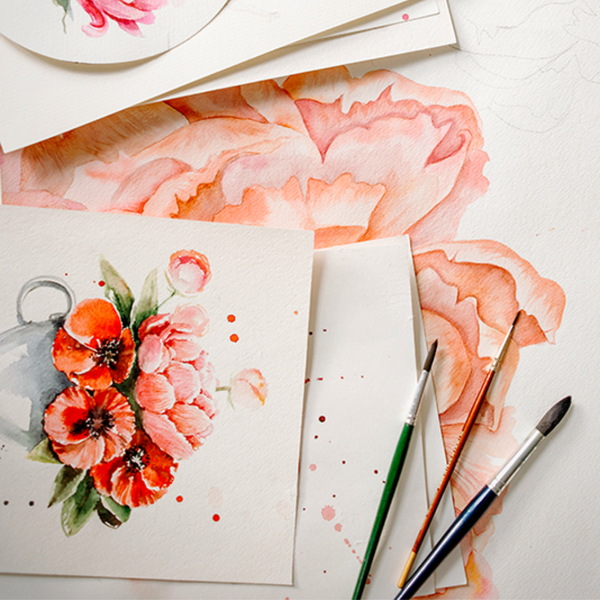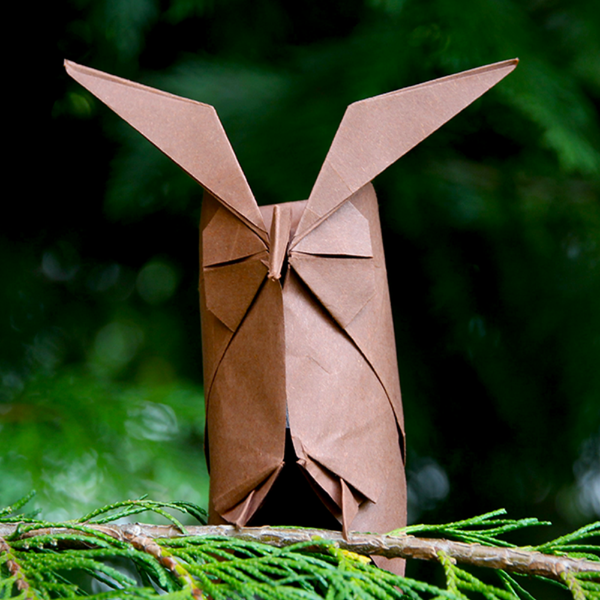Delve into the delicate world of Chinese paper art, a canvas of imagination where every snip tells a story.
This ancient craft, known as Chinese paper cutting or "jianzhi," is a dance of precision and creativity, where artists transform simple sheets of paper into breathtaking masterpieces.
Chinese paper art, an intricate and expressive form of folk art, has been a significant part of Chinese culture for centuries; this traditional practice involves creating beautiful designs by cutting paper with a sharp knife or scissors.
Steeped in centuries of tradition, yet pulsating with contemporary relevance, Chinese paper cutting is a testament to the enduring spirit of Chinese culture.
The art form is deeply rooted in history and is still celebrated in modern times for its aesthetic and cultural value.
In this article, we will explore the rich tapestry of Chinese paper cutting, its history, techniques, and its place in the hearts of the Chinese people.
Join us as we trace the intricate lines of this art form's history, marvel at the dexterity of its techniques, and celebrate its cherished place in the cultural mosaic of China.
Key Takeaways:
- Chinese paper art, known as Chinese paper cutting, is a traditional folk art with a history spanning over a thousand years.
- This art form is characterized by intricate designs and patterns, often cut from red paper, symbolizing luck and happiness in Chinese culture.
- Paper cutting is not only a decorative practice but also a bearer of cultural significance, reflecting the daily life and celebrations of Chinese people.


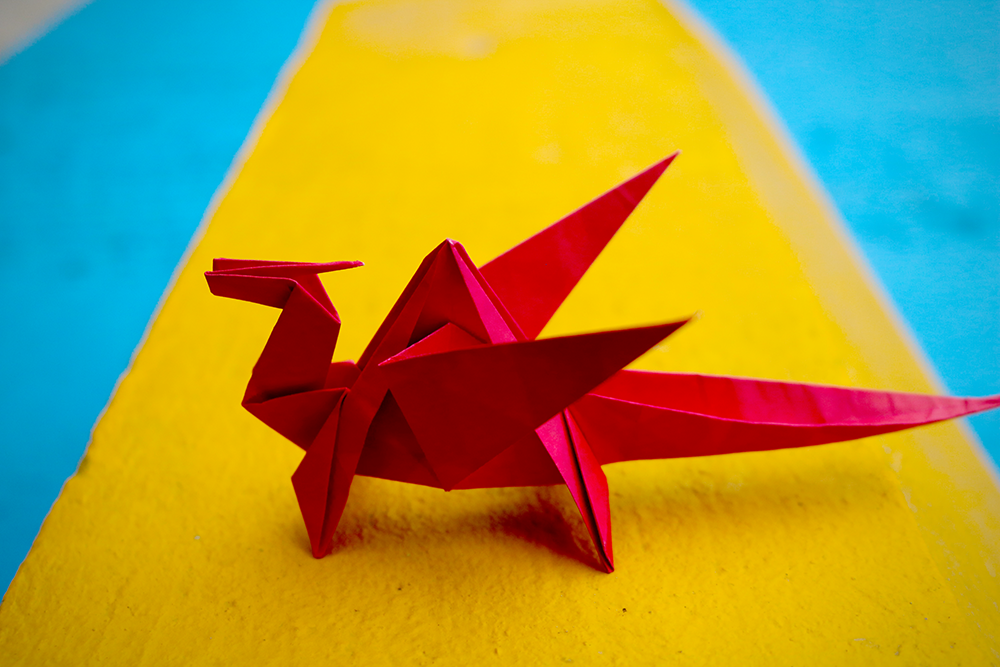
Origins of Chinese Paper Cutting
Chinese paper cutting, or "jianzhi" in Mandarin, has a storied past that dates back to the 6th century AD.
The advent of paper cutting is closely tied to the invention of paper during the Han Dynasty, which provided a new medium for artistic expression.
As paper became more accessible, people in different regions of China began to develop their own cultural styles of paper cutting, with each style reflecting the unique characteristics of the local area.
The Tang Dynasty saw the flourishing of this art form, with paper cuttings used to decorate windows, doors, and walls, as well as to adorn gifts and convey good wishes.
The practice was not only a form of decoration but also a way of storytelling, capturing scenes from daily life, folklore, and nature.
Techniques and Materials
There are two methods of Chinese paper cutting: the scissors cut and the knife cut.
Scissors are used to create multiple identical cut outs simultaneously by folding the paper into several layers.
This technique is often employed during festive occasions such as a wedding ceremony or a birthday party, where the same pattern is needed in large quantities.
The knife cut technique, on the other hand, is more intricate and is used to create a single, detailed piece.
The artist uses a sharp knife to carve the desired effect out of paper laid on a soft foundation, usually made of leather or wool.
This method allows for greater precision and is often used to create complex designs that showcase the artist's skill.
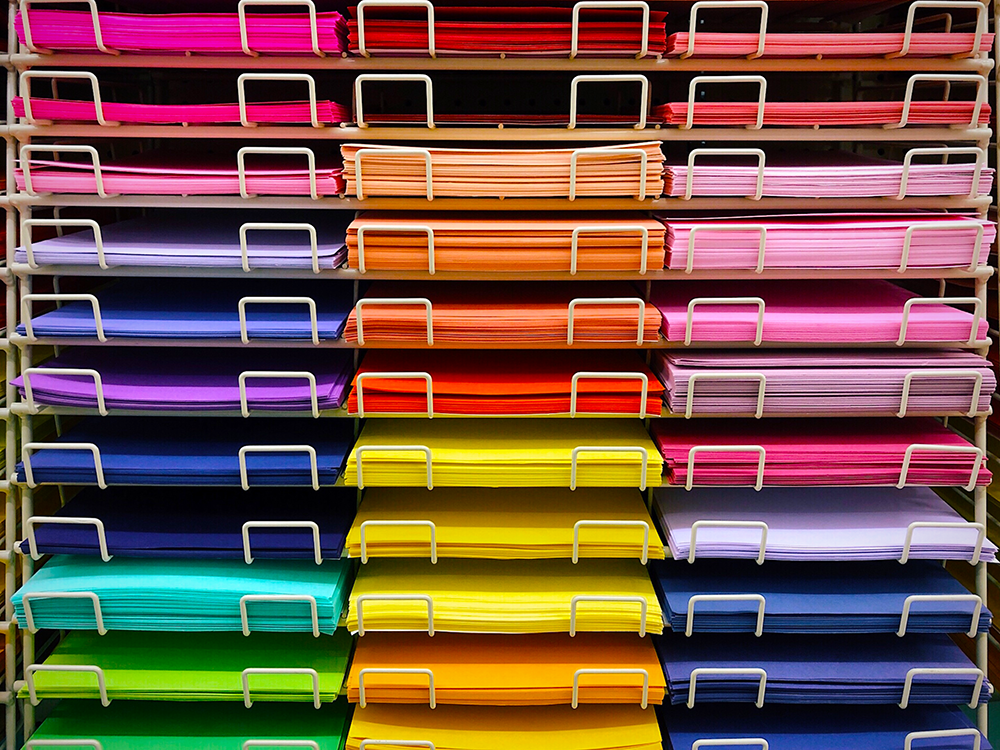
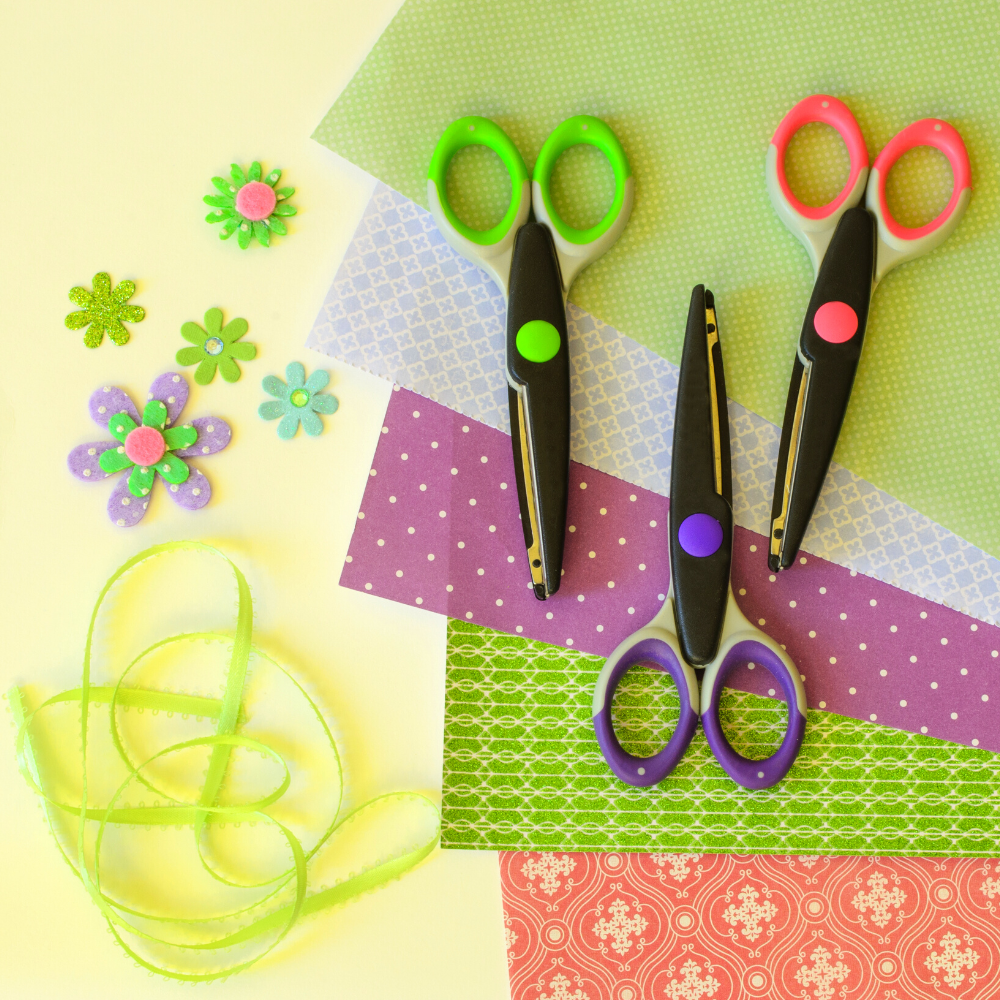
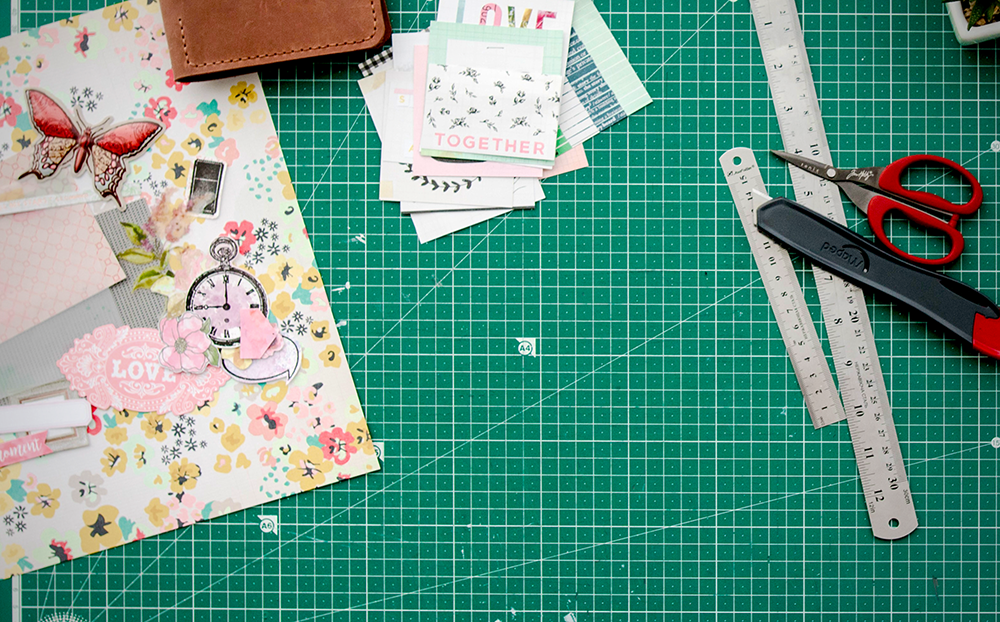
Symbolism and Themes
Chinese paper cutting is rich in symbolism, with red paper being the most commonly used material due to its association with good fortune and joy in Chinese culture.
Common themes include animals, which represent various wishes: fish for abundance, phoenixes for renewal, and dragons for strength.
Patterns also feature elements like "double happiness" characters for weddings, or depictions of children and young people to symbolize the transmission of life and the continuation of family lineage.
The negative space in paper cuttings is just as important as the cut outs themselves.
It represents the balance between yin and yang, an essential aspect of Chinese philosophy.
The interplay between the empty and filled spaces in the designs adds depth and meaning to the art, making each piece a visual representation of philosophical ideas.
Evolution of Chinese Paper Cuts
Chinese paper cuts have a storied history that is deeply intertwined with the evolution of paper itself.
Paper was invented in China during the Eastern Han period (25-220 AD), and it wasn't long before this new medium was being used for artistic expression.
Initially, paper was a luxury item, reserved for writing and recording important information, but as its production became more widespread, people began to explore its potential in art.
The earliest paper cuts date back to the sixth century and were used for religious and ceremonial purposes.
They were often glued to objects as decorations or given as gifts to convey good fortune and happiness.
As the practice of paper cutting spread to other parts of China, it began to reflect the diverse cultures and artistic styles of each region.
Unlike the freehand brushwork of traditional Chinese paintings, paper cutting required meticulous precision and a steady hand.
The artisans who created these intricate designs were not just skilled craftsmen but also imaginative artists, capable of transforming a simple piece of paper into a stunning work of art.
The evolution of this paper craft over centuries showcases the adaptability and creativity inherent in Chinese culture, as paper cuts continue to be a vibrant part of artistic expression.
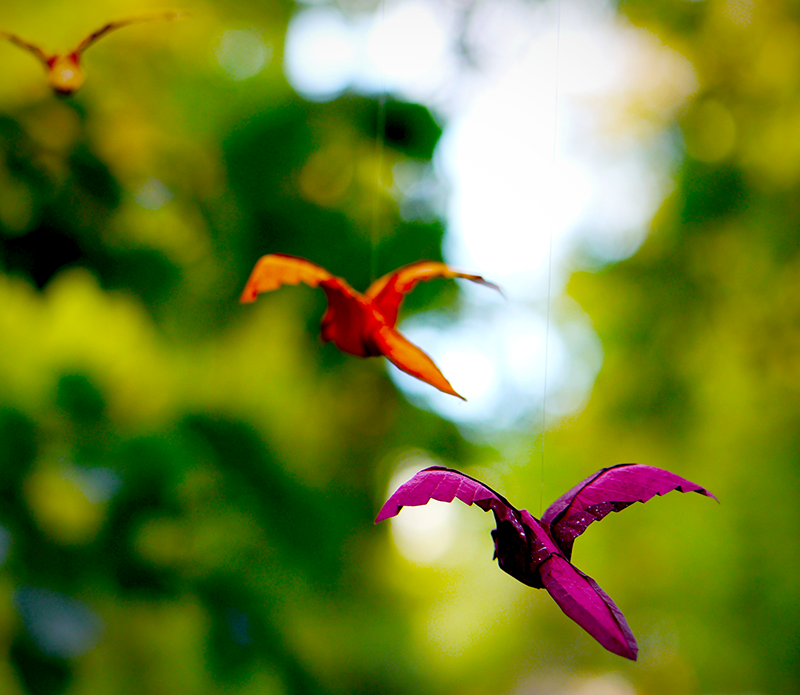

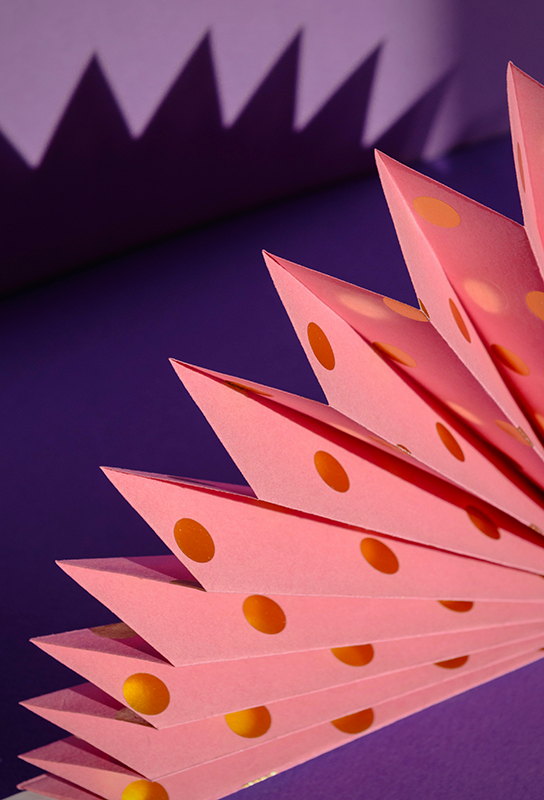
Integration of Paper in Chinese Art & Literature
Chinese paper cuts are not only standalone art pieces but have also been historically integrated into other forms of Chinese art and literature.
For instance, during the Tang Dynasty (618-907 AD), paper cuts were often used to embellish calligraphy and paintings, adding a three-dimensional aspect to the otherwise two-dimensional works.
This practice highlighted the versatility of paper as a medium and the skill of the artists who could manipulate it in such intricate ways.
The themes of these combined artworks often reflected the prevailing cultural and philosophical ideas of the time, making them valuable historical documents as well as beautiful objects.
In literature, references to paper cutting can be found in poems and stories dating back hundreds of years, indicating the art form's significance in Chinese society.
These literary works often describe scenes where paper cuts are created or displayed, offering insights into the social and cultural contexts in which they were made.
For example, during festivals or important life events, such as weddings or the Lunar New Year, paper cuts would be prominently featured in the decorations, symbolizing wishes for prosperity and happiness.
The integration of paper cuts into various aspects of Chinese culture underscores their importance as a means of artistic expression and communication.
Cultural Significance and Celebrations
Chinese paper cutting is deeply embedded in the country's traditions and is often used to celebrate important life events.
During the Lunar New Year, it is customary for Chinese people to decorate their homes with paper cuttings to invite good luck and ward off evil spirits.
The art form is also prevalent during other festivities, such as the Mid-Autumn Festival and the Dragon Boat Festival, where paper cuttings serve as both decoration and a symbol of the community's shared cultural heritage.
In rural areas, folk paper cutting is a communal activity where women gather to create and share designs.
These gatherings are not only a means of artistic creation but also a way for women to socialize and pass down the craft to younger generations.
Preservation and Modern Adaptations
As with many traditional art forms, Chinese paper cutting faces the challenge of preservation in a rapidly modernizing world.
However, efforts are being made to keep the practice alive.
Master practitioners teach classes to students eager to learn the craft, and cultural organizations hold exhibitions and workshops to raise awareness.
In contemporary art, Chinese paper cutting has been adapted and fused with other art forms, such as Chinese painting and modern graphic design.
Young people and artists are finding innovative ways to incorporate traditional paper cutting techniques into their work, creating a new appreciation for this ancient art form.
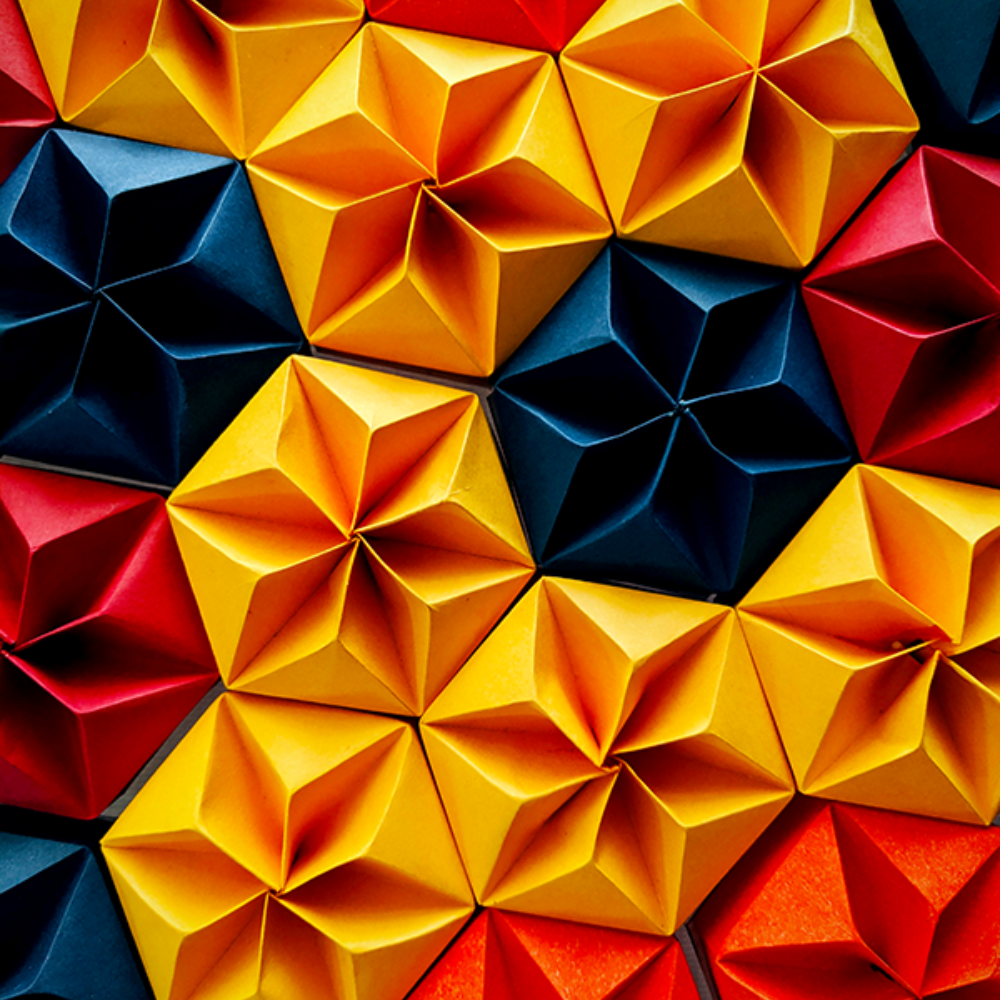
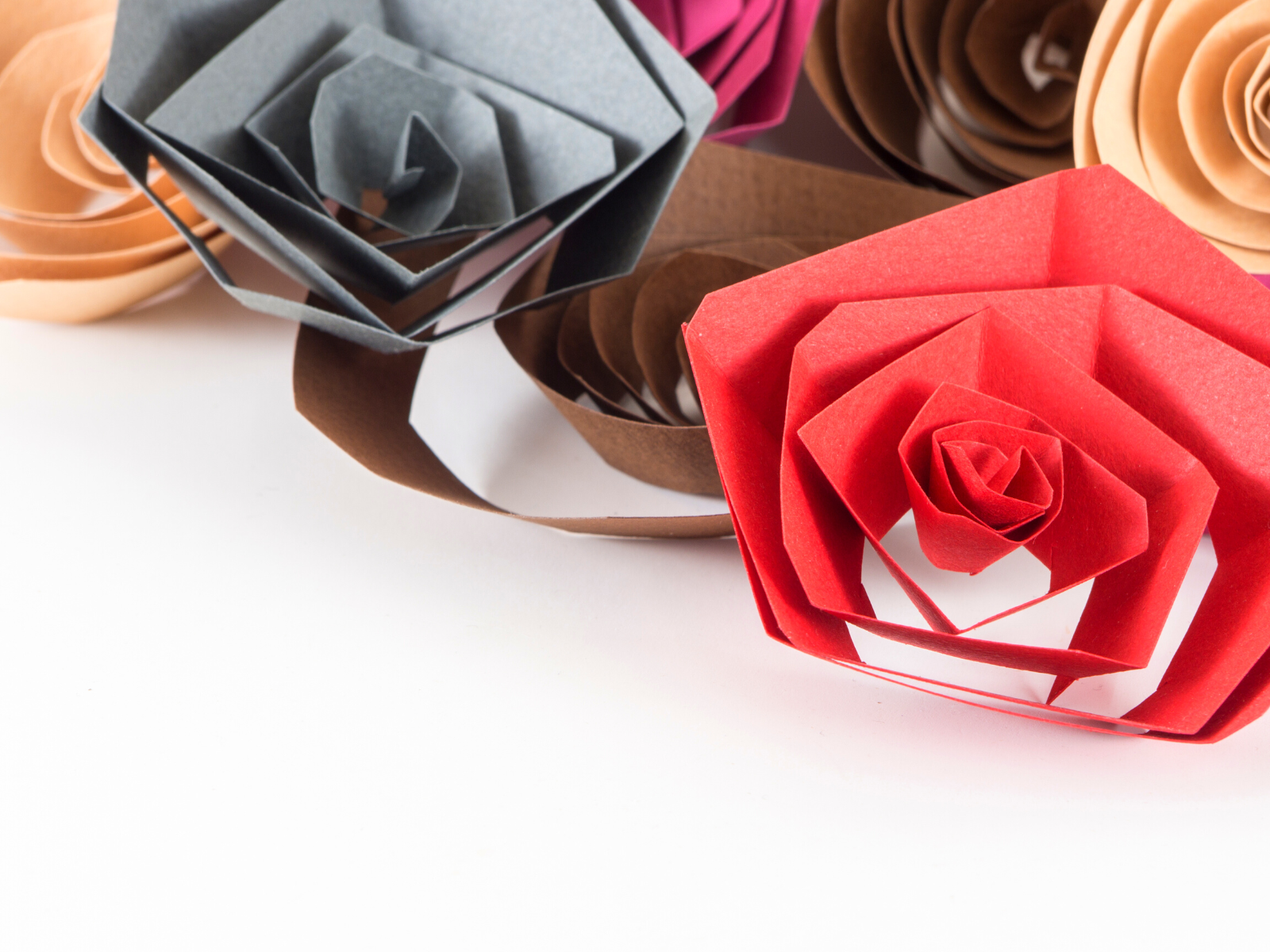

Regional Variations
Chinese paper cutting is not a monolithic tradition; it varies greatly across different regions.
For example, the styles found in northern China are typically bold and simple, while those from the Zhejiang provinces are known for their delicate and elaborate patterns.
Each region's paper cutting reflects its own cultural styles, history, and local folklore, making the art form a diverse tapestry of Chinese heritage.
The Artistic Process
Creating a paper cutting requires patience, precision, and creativity.
Artists often start with a piece of paper and sketch out their design before making any cuts.
Once the pattern is in place, they use a sharp knife or scissors to carefully remove pieces of paper, creating the negative space that defines the image.
The process can take hours or even days, depending on the complexity of the design.
Embrace the Timeless Elegance of Paper Cutting
Chinese paper cutting, a traditional art form with a rich history, continues to be a vibrant part of Chinese culture.
As a decorative practice and a bearer of cultural significance, it captures the essence of Chinese heritage and the creativity of its people.
It's clear that this is not just an art form—it's a storytelling medium that weaves through the fabric of time, connecting us to the ancient whispers of the Han Dynasty.
With each precise snip and masterful cut, the legacy of Chinese culture is celebrated, its symbols and motifs dancing through the paper to tell tales of history, tradition, and the boundless imagination of its people.
Whether gracing the walls of a festive celebration or encapsulating the serenity of a household shrine, Chinese paper cutting remains a testament to the enduring beauty and spirit of China's artistic heritage.
It invites us to look beyond the paper, into the heart of a civilization that has mastered the art of turning the simple into the sublime.


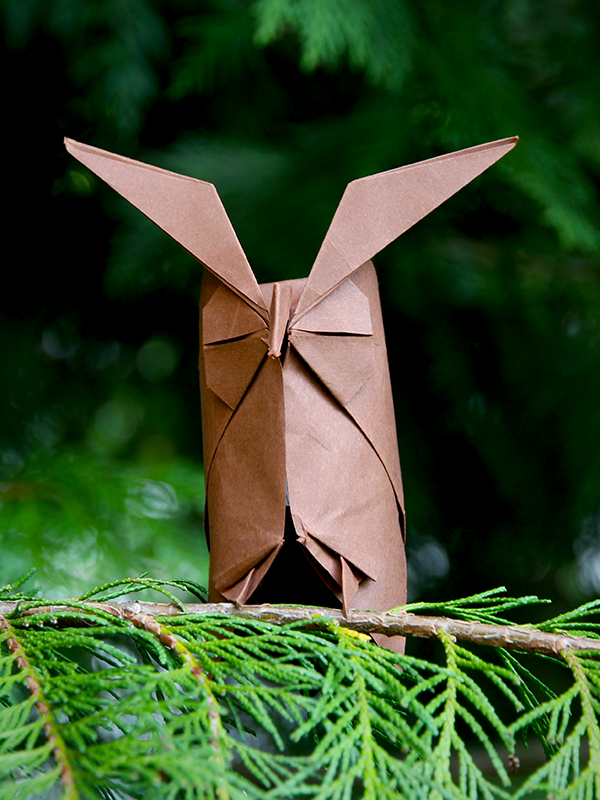
Chinese Paper Art FAQs
Embark on a journey through the intricate and mesmerizing world of Chinese paper art, an ancient tradition that weaves history and creativity into every delicate cut.
With its rich cultural tapestry, this art form has captivated hearts and inspired awe for centuries.
But what exactly is this exquisite craft that has stood the test of time, and how does it continue to thrive in our modern era?
Let's unfold the layers of this traditional Chinese treasure through the most commonly asked questions, revealing the secrets behind its enduring allure and its seamless blend into the tapestry of contemporary artistry.
What is Chinese paper art called?
Chinese paper art is called Chinese paper cutting or "jianzhi" in Mandarin.
What materials are used in Chinese paper cutting?
The primary material used is paper, often red for its cultural significance. Artists use a sharp knife or scissors to create the designs.
How has Chinese paper cutting adapted to modern times?
Chinese paper cutting has been integrated into contemporary art and design, with young artists and designers finding new ways to apply traditional -paper craft techniques to modern creations. Cultural organizations also promote the art form through education and exhibitions.


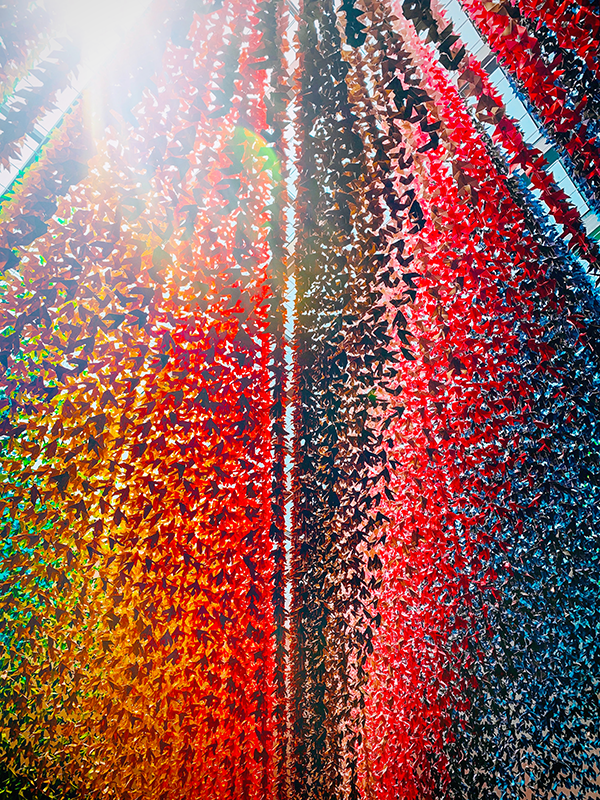
Curious to learn more about Chinese paper cutting? Check out Walters Art Museum's video!
Want even more content about creativity and art?
Be sure to check out all of our creative chronicles!
Eager to dive into the realm of paper art?
Check out our other art paper articles:
-What is art with paper called?
-What kind of paper do you use for paper sculptures?
-What are paper sculpture techniques?





